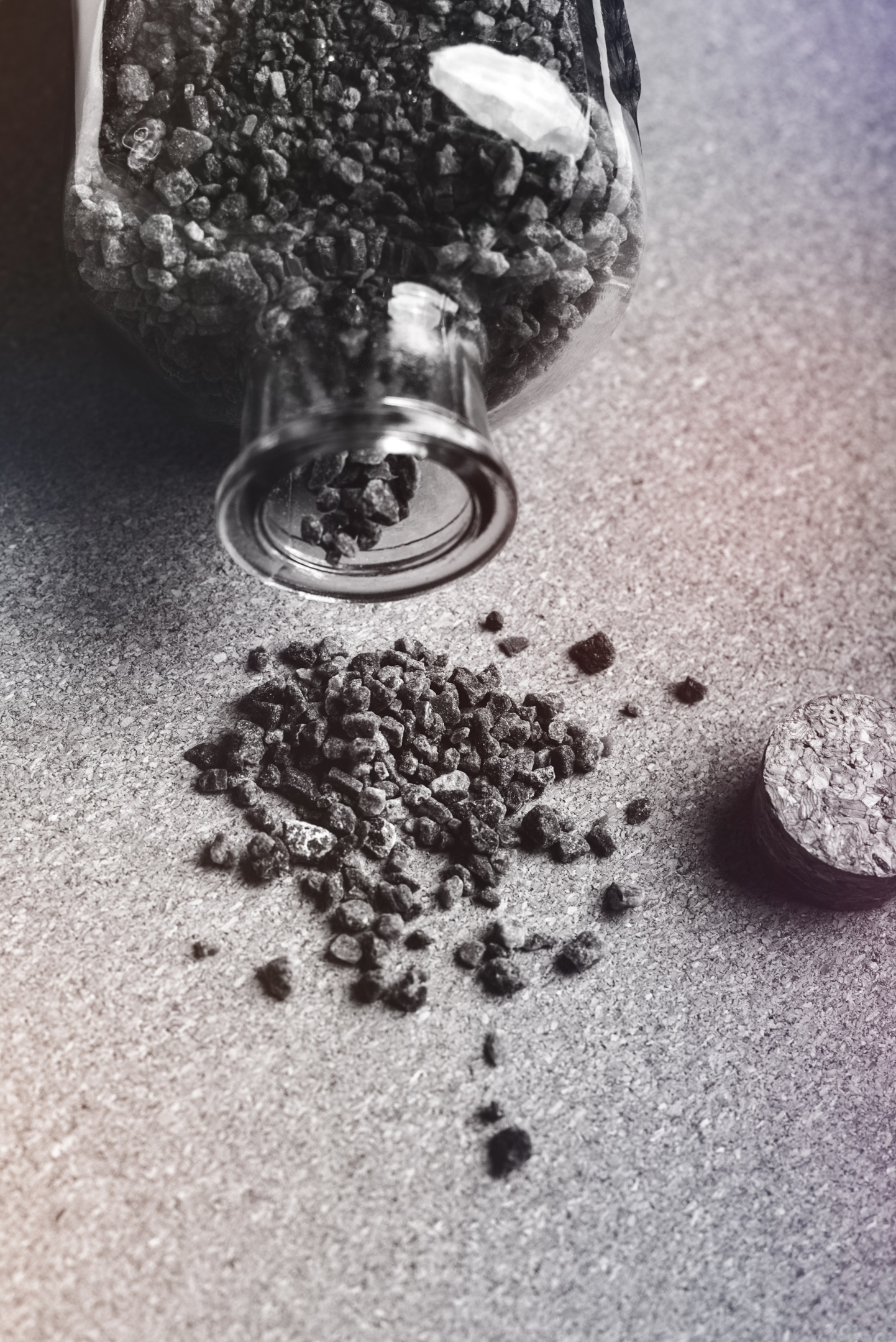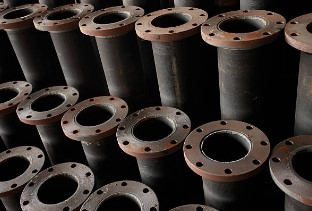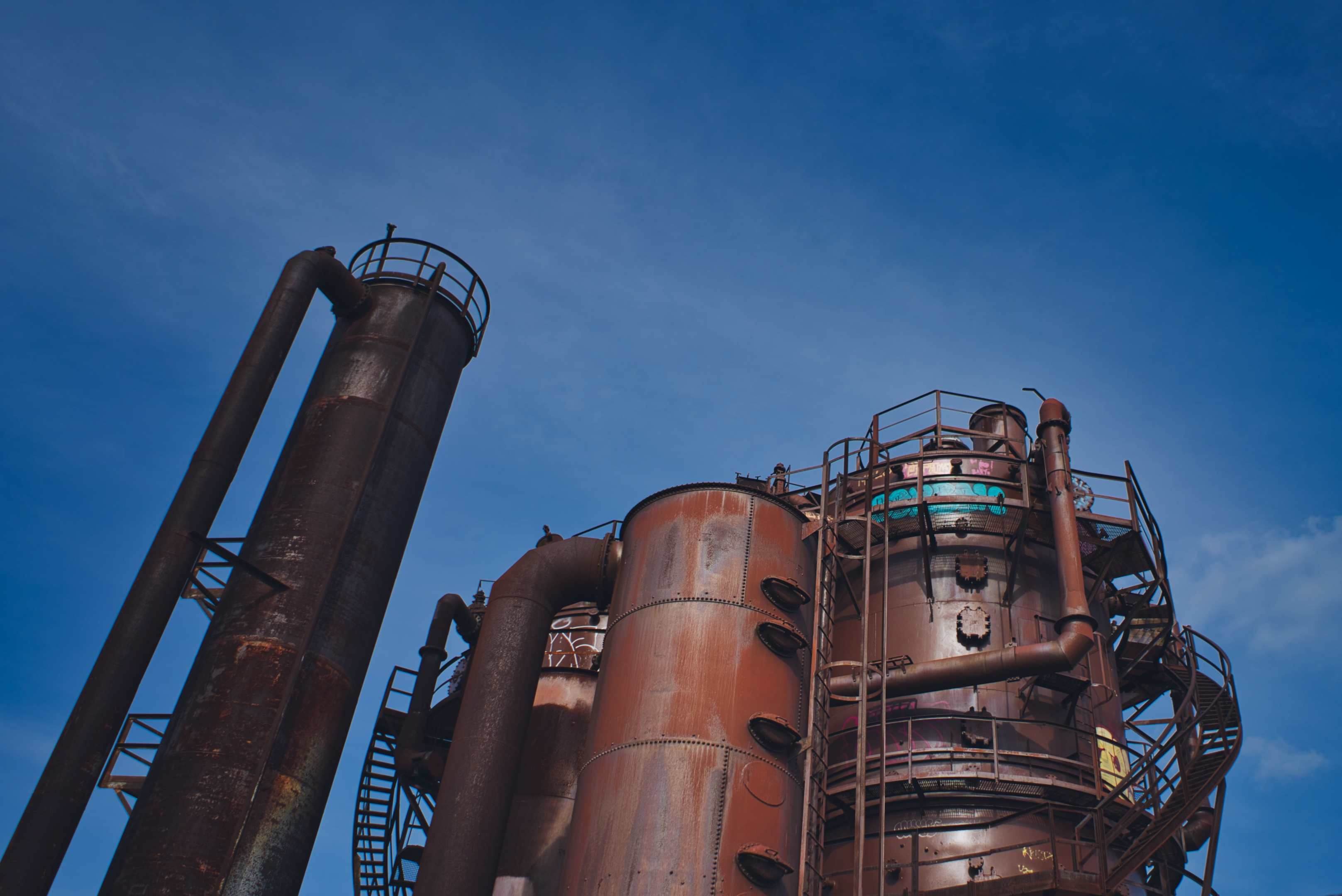Ductile iron is a type of cast iron that has been engineered to have a higher tensile strength and ductility than traditional cast iron. It is an alloy of iron and other elements, including carbon and silicon, and has unique ductile iron compositions. Its density makes it a highly versatile material with a wide range of applications.
This article will discuss the chemical composition and density of ductile iron, as well as its properties and uses.
What are Ductile Iron Castings
Ductile iron castings, also known as nodular cast iron or spheroidal graphite iron, are castings made from a type of iron that has been enriched with sulfur and magnesium to create a strong and good machinability material. These castings are used in many industries, ranging from automotive to aerospace and more.
They offer superior strength and durability, along with excellent mechanical properties comparable to steels that are made with low alloy content.
Ductile iron production starts by pouring molten iron into a mold, where it is then allowed to cool and solidify. This process creates a casting that is strong, malleable, and free from defects. The malleability of ductile iron allows for the casting to be formed into intricate shapes or designs.
When selecting ductile iron for a project, the ductile iron grade is an important factor. The grade of ductile iron is determined by its composition and its mechanical properties, including tensile and yield strength.
The American Society for Testing and Materials (ASTM) has established several standards for the material grade of ductile iron, divided into several classes. The most common classifications are A, B, and C, with each class having its own set of specifications.
Chemical Composition of Ductile Iron

Spheroidal Graphite Cast Iron
Spheroidal graphite cast iron (SGI) is a type of cast iron with a unique structure and composition.
An SG iron is composed of iron, carbon, silicon, manganese, and phosphorous. It has an approximate chemical composition range of iron content between 80-90% and carbon content between 2-3%. Silicon is present in trace amounts, usually between 0.2-1.5%. Manganese and phosphorous are both present in small amounts, usually less than 0.2%.
The graphite takes the form of spheroidal particles, which are typically less than 0.1mm in diameter. These spheroidal graphite particles are much stronger than the normal graphite flakes found in gray iron.
Metals Present in a Ductile Cast Iron
Iron is the primary component of ductile iron, making up the majority of the alloy. Iron is a strong and malleable metal and is what gives ductile iron its strength and malleability. Carbon is also present in a ductile iron alloy and is responsible for providing the alloy with its ductility. The amount of carbon present in the alloy can vary, but it typically ranges from 0.05 to 0.20%.
Silicon is added to the alloy to improve its strength and hardness, as well as its resistance to corrosion. Manganese is also added to the alloy for the same reasons, as well as to improve its machinability. Phosphorous and sulfur are both used to improve the ductility of the alloy and are typically present in very small amounts.
Effects of Chemical Composition on Mechanical and Physical Properties
The composition of a material has a powerful influence on its mechanical and physical properties. This is because the atoms of different elements have different shapes and sizes, which can affect how the material behaves and reacts to different forces.
The most common way to measure the effect of composition on casting properties is through the use of tensile testing. In this process, a sample of the material is stretched until it breaks. The amount of force needed to break the sample is then measured, and the results identify the minimum tensile strength and are compared to a set of standard values.
Its composition can also affect its electrical and thermal expansion. For example, materials with a minimum value of copper or aluminum tend to be poor conductors of electricity and heat. This can be useful for applications that require efficient heat transfer or electrical conductivity.
Density of Ductile Irons
The density of ductile iron can vary depending on the composition of the alloy. The most common alloy used for ductile iron is called nodular iron, which contains more graphite than other types of ductile iron.
This increases the ductility of the material but also increases its density. Other alloys, such as pearlitic ductile iron, have a lower density than nodular cast iron.
Density Variations
The ductility of ductile iron is typically measured in terms of its elongation at break. Ductile iron with a higher density generally has a lower elongation at break, meaning that it is less ductile. This means that ductile iron with a higher density is more likely to break when subjected to tension or stress.
Those with lower density generally have a higher elongation at break, meaning that it is more ductile. This means that ductile iron with a lower density is less likely to break when subjected to tension or stress.
Applications of Ductile Iron Castings

Industrial Applications
Ductile iron castings are used in various industrial applications, from pumps and valves to engines and machine frames. They can also be used for structural components, such as bridges and buildings. Ductile iron is an ideal choice for these applications because it can withstand high temperatures and pressure. It also has superior corrosion resistance and is resistant to wear and tear.
Automotive Components
The use of ductile iron in automotive components has been increasing in recent years as manufacturers seek to improve the quality and reliability of their vehicles. Ductile iron is becoming an increasingly popular choice for components such as engine blocks, suspension components, and exhaust manifolds due to its strength and durability.
It also has a high resistance to corrosion, meaning that components made from ductile iron will last longer and require less maintenance.
Oil and Gas Components

Oil and gas components such as valves, pipelines, pumps, and tanks all require strong, durable materials. Ductile iron is ideal for these applications because it is able to withstand extreme temperatures, pressures, and vibrations. This alloy of iron and carbon is incredibly strong and resilient.


